
Which Products Require CE Certification Mark?
The CE mark indicates that a product complies with all applicable directives and regulations, which in turn necessitate the CE mark. Such "CE mark directives" and regulations apply to a wide range of products, including electronics, toys, helmets, sunglasses, and medical devices. Products that do not require CE certification but bear the CE mark may be removed from sales platforms.
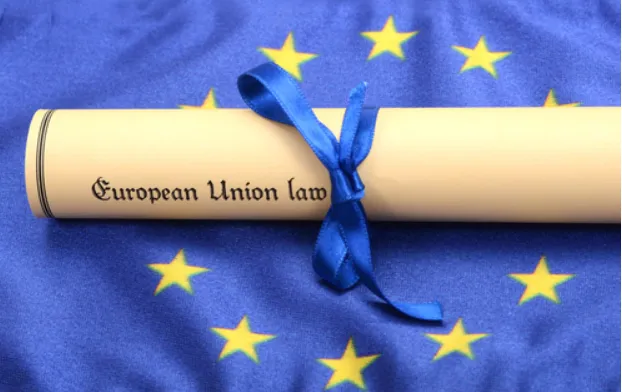
What are CE mark directives and regulations?
If a product complies with one or more CE mark directives or regulations, the European Commission requires manufacturers to affix the CE mark to their products. As we will explain in the next section, additional requirements may also apply. Currently, there are over 20 CE mark directives and regulations, each covering a specific product range and describing the technical and regulatory requirements for manufacturers, importers, and distributors. Many CE mark directives and regulations do not list specific products within their scope but rather general product ranges (e.g., input and output voltage). Consequently, it can sometimes be challenging for manufacturers or importers to determine which specific directives or regulations apply to their products. Moreover, if any EU legislation requiring the CE mark does not cover a product, the CE mark is not allowed on that product.
What are the requirements of CE mark directives and regulations?
CE mark directives and regulations set forth technical, regulatory, environmental, or other requirements for manufacturers, importers, or distributors. Each directive and regulation has different requirements for the products they cover. Here we summarize some general requirements: Declaration of Conformity, technical documentation, risk assessment, labeling, instructions for use, test reports, EU type-examination certificate (when a Notified Body is involved).
Which directives does CE cover?
- Low Voltage Directive (LVD)
- Electromagnetic Compatibility Directive (EMC)
- Radio Equipment Directive (RED)
- RoHS Directive
- Ecodesign Directive
- Toy Safety Directive
- Personal Protective Equipment (PPE) Regulation
- Construction Products Regulation (CPR)
- Medical Device Regulation
- In Vitro Diagnostic Medical Devices Regulation
- Measuring Instruments Directive
- Non-Automatic Weighing Instruments Directive
- Machinery Directive
- Hot Water Boilers Directive
- Environmental Noise Emission Directive
- Gas Appliances Regulation
- Pressure Equipment Directive
- Simple Pressure Vessels Directive
- Lifts Directive
- Cableway Installations Regulation
- Recreational Craft Directive
- Interoperability of the Rail System Directive
- Equipment for Explosive Atmospheres (ATEX) Directive
- Civil Explosives Directive
- Pyrotechnic Articles Directive
What products correspond to each directive?
1. Low Voltage Directive (LVD): "This directive applies to electrical equipment designed for use with a voltage rating of 50 to 1000 V for alternating current and 75 to 1500 V for direct current, excluding equipment and phenomena listed in Annex II."
- Examples: AC adapters, LED lighting, electric coffee machines, kitchen faucets, hair dryers.
2. Electromagnetic Compatibility Directive (EMC): Any equipment that generates electromagnetic interference or is affected by it.
- Examples: Electric bicycles, washing machines, LED walls, AC adapters, electric motors.
3. Radio Equipment Directive (RED): "Radio equipment" is defined as any electrical or electronic product which intentionally emits and/or receives radio waves for radio communication purposes. This may include devices with WiFi, LTE, 5G, Bluetooth, or GPS.
- Examples: Bluetooth speakers, Bluetooth headsets, RFID devices, smartphones, smart TVs.
4. RoHS Directive: This directive covers EEE categories: large household appliances, small household appliances, consumer equipment, lighting equipment, electrical and electronic tools, toys, leisure and sports equipment, medical devices, and other EEE not covered by the above categories.
- Examples: Electronic toys, speakers, headphones, automatic dispensers, lighting products, electrical medical equipment.
5. Ecodesign Directive: "Energy-related products" are any goods and components that have an impact on energy consumption during use.
- Examples: Heaters, fans, vacuum cleaners, electric motors, welding equipment.
6. Toy Safety Directive: "This directive applies to products designed or intended, whether or not exclusively, for use in play by children under 14 years of age (hereinafter referred to as 'toys')."
- Examples: Wooden toys, fabric toys, educational kits, finger paints, electronic toys, children's furniture with play functions.
7. Personal Protective Equipment (PPE) Regulation: "This regulation applies to PPE."
- Examples: Gardening gloves, cut-resistant gloves, masks, ski goggles, sunglasses, protective shoes, reflective clothing, bicycle helmets, automatic welder protection filters, laser adjustment filters, flame-retardant clothing, anti-static protective clothing, chemical protective clothing.
8. Construction Products Regulation (CPR): 'Construction products' are any products or kits which are produced and placed on the market for permanent incorporation in building works or parts thereof and the performance of which has an effect on the performance of the building works concerning basic requirements.
- Examples: Timber, steel beams, steel cables, rivets.
9. Medical Device Regulation: This regulation categorizes medical devices into four classes: Class I, Class IIa, Class IIb, and Class III, with Class III having the highest risk. The higher the class, the stricter the rules.
- Class I: Low-risk medical devices. Examples: Stethoscopes, corrective eyeglasses.
- Class IIa: Low to medium risk devices generally used for up to 30 days. Examples: Surgical gloves, hearing aids, diagnostic ultrasound machines.
- Class IIb: Medium to high-risk devices typically designed for long-term use. Examples: Long-term corrective contact lenses, surgical lasers.
- Class III: High-risk devices. Examples: Cardiovascular catheters, aneurysm clips, hip implants, artificial heart valves.
- Generally, medical devices require the involvement of a Notified Body, except Class I medical devices not placed on the market in sterile condition and without measurement functions.
- Examples: Masks and respirators, examination gloves, prescription glasses, medical diagnostic machines (IVD devices such as swabs and pregnancy tests are excluded as they are covered by specific regulations).
10. In Vitro Diagnostic Medical Devices Regulation: "This directive applies to in vitro diagnostic medical devices and their accessories."
- Examples: Red and blue nasal swabs, pregnancy test kits, blood test kits, urine test kits, COVID-19 test kits, HIV test kits.
11. Measuring Instruments Directive: "This directive applies to measuring instruments defined in Annex III to XII."
- Examples: Heat meters, gas meters, water meters, electricity metering equipment, taximeters, dimensioning systems.
12. Non-Automatic Weighing Instruments Directive: "This directive applies to all non-automatic weighing instruments."
- Examples: Retail scales, industrial scales, weighbridges.
13. Machinery Directive: "This directive applies to the following products: machinery; interchangeable equipment; safety components; lifting accessories; chains, ropes, and webbing; removable mechanical transmission devices; partly completed machinery."
- Examples: Treadmills, sawing machines, hydraulic presses, chains, ropes, webbing.
14. Hot Water Boilers Directive: "This directive forms part of the SAVE programme, which aims to promote energy efficiency in the Community and sets efficiency requirements for new hot water boilers fired with liquid or gaseous fuels with a rated output of between 4 kW and 400 kW."
- Examples: Standard boilers, low-temperature boilers, gas condensing boilers.
- Exclusions: Multi-fuel hot water boilers, water heaters for baths and showers.
15. Environmental Noise Emission Directive: "This directive applies to equipment for outdoor use listed in Articles 12 and 13 and defined in Annex I." Equipment subject to noise limits includes construction hoists, compaction machines, handheld concrete breakers and picks, construction winches, bulldozers, dump trucks.
- Examples: Bulldozers, dump trucks, excavators, lawnmowers, generators.
16. Gas Appliances Regulation: This regulation applies to appliances and fittings. "An 'appliance' means any equipment burning gaseous fuels used for cooking, refrigeration, air conditioning, heating, hot water production, lighting, or washing, and forced draught burners and heating bodies fitted with such burners."
- Examples: Space heaters, cooking appliances, water heaters.
- Exclusions: Equipment designed for industrial premises.
17. Pressure Equipment Directive: "This directive applies to the design, manufacture, and conformity assessment of pressure equipment and assemblies with a maximum allowable pressure PS greater than 0.5 bar." "Pressure equipment" means vessels, piping, safety accessories, and pressure accessories, where applicable, including elements attached to pressurized parts such as flanges, nozzles, couplings, supports, lifting lugs.
- Examples: Pressure vessels, shell and water-tube boilers, process piping, safety valves.
18. Simple Pressure Vessels Directive: "This directive applies to series-produced simple pressure vessels ('vessels') which are welded, designed to withstand an internal gauge pressure greater than 0.5 bar, and intended to contain air or nitrogen and not intended to be fired."
- Examples: A wide range of vessels designed to withstand an internal gauge pressure greater than 0.5 bar, containing air or nitrogen, and not intended to be fired.
19. Lifts Directive: "This directive shall apply to lifts permanently serving buildings and constructions and intended for the transport of:
(a) persons;
(b) persons and goods;
(c) goods alone if the carrier is accessible, meaning a person may
enter the carrier without difficulty and, where applicable, is fitted with controls inside the carrier or within reach of a person inside."
- Examples: Lifts permanently installed in buildings and construction sites.
- Exclusions: Construction site hoists, cableways, lifts intended for military or police use.
20. Cableway Installations Regulation: "This regulation applies to new cableway installations designed to carry persons, the modifications of cableway installations requiring a new authorization, and the subsystems and safety components for cableway installations."
- Examples: Cableway installations for the transport of persons, excluding those for the transport of goods.
21. Recreational Craft Directive: "This directive applies to the following products:
(a) recreational craft and partly completed recreational craft;
(b) personal watercraft and partly completed personal watercraft;
(c) components listed in Annex II when placed on the Union market separately."
- Examples: Motor-driven private boats, craft propulsion engines.
22. Interoperability of the Rail System Directive: "This directive applies to the rail systems of the Member States, which may be subdivided into subsystems for structural and functional areas."
- Examples: Railway vehicles are the main subject of this directive.
23. Equipment for Explosive Atmospheres (ATEX) Directive: "This directive applies to products as follows: (a) equipment and protective systems intended for use in potentially explosive atmospheres."
- Examples: Lighting, enclosures, industrial plugs, cable accessories, sockets.
- Exclusions: Medical devices for use in a medical environment, household equipment ensuring general safety, PPE governed by the PPE Regulation.
24. Civil Explosives Directive: "This directive applies to civil explosives. 'Explosives' means materials and articles considered to be explosives in the United Nations recommendations on the transport of dangerous goods and falling within Class 1 of those recommendations."
- Examples: A wide range of civil explosives.
25. Pyrotechnic Articles Directive: "This directive applies to pyrotechnic articles. 'Pyrotechnic article' means any article containing explosive substances or an explosive mixture of substances designed to produce heat, light, sound, gas, or smoke or a combination of such effects through self-sustaining exothermic chemical reactions."
- Examples: Fireworks, stage fireworks, products producing battle effects for wargames, seatbelt pre-tensioners.
Email:hello@jjrlab.com
Write your message here and send it to us
 EMC Pre Compliance Testing
EMC Pre Compliance Testing
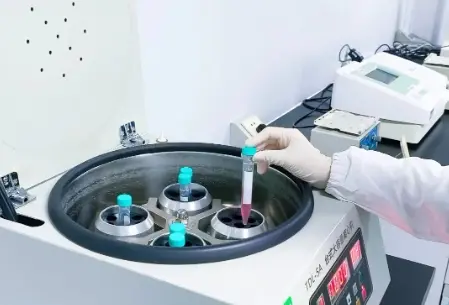 PAHs Testing (Food and Textile)
PAHs Testing (Food and Textile)
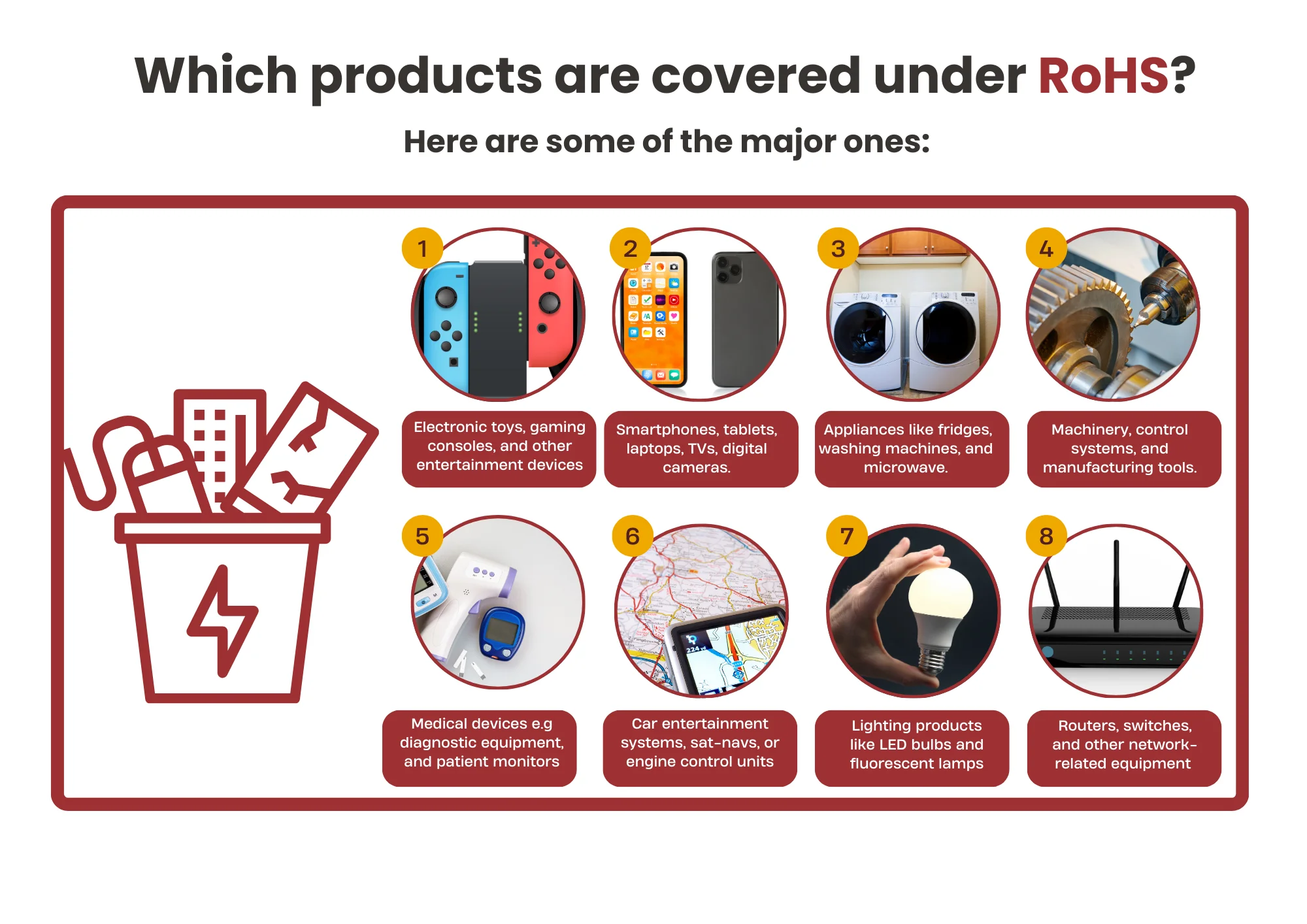 Where to Apply for the EU RoHS Test Report?
Where to Apply for the EU RoHS Test Report?
 Children’s Products and Toy Testing
Children’s Products and Toy Testing
 What is a GB 31701 Test Report?
What is a GB 31701 Test Report?
 UN 38.3 Transportation Test
UN 38.3 Transportation Test
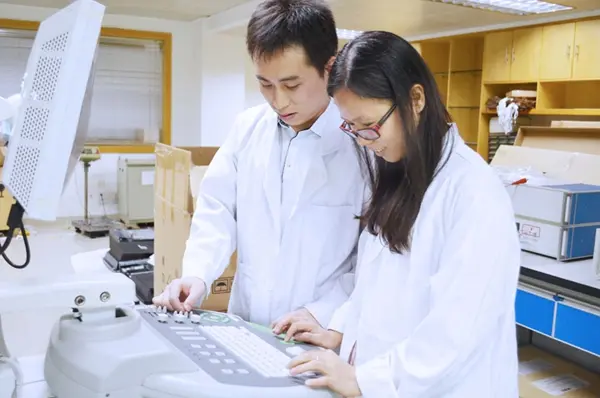 Toxicological Risk Assessment of Medical Devices
Toxicological Risk Assessment of Medical Devices
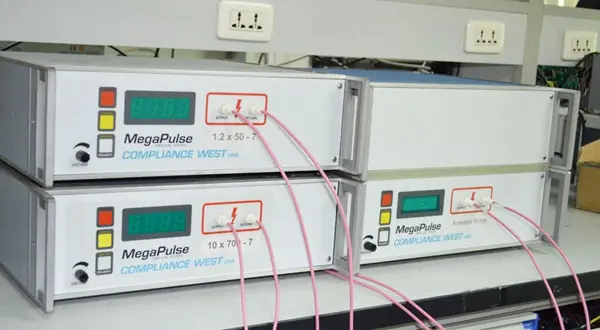 How to get the Vacuum Cleaner UL 1017 Test Report?
How to get the Vacuum Cleaner UL 1017 Test Report?
Leave us a message
24-hour online customer service at any time to respond, so that you worry!




